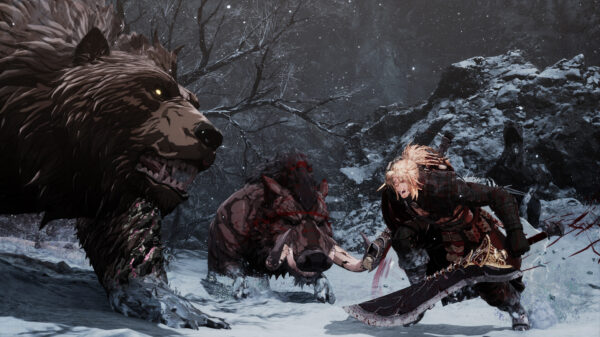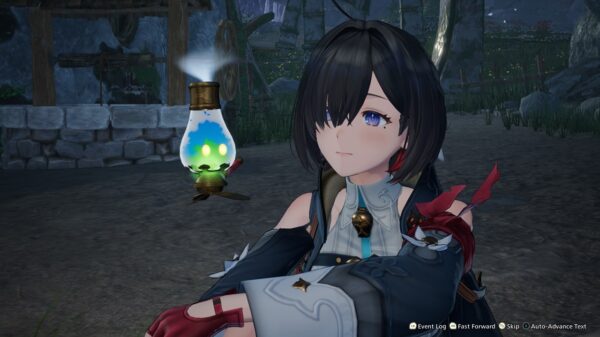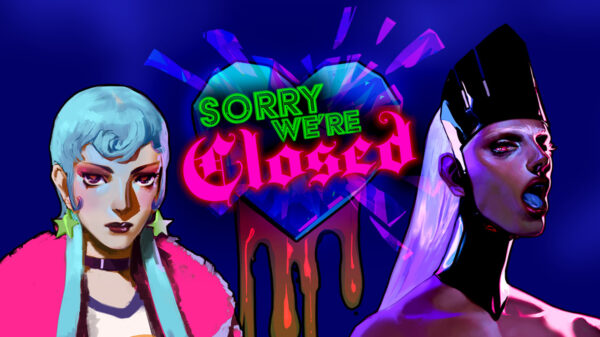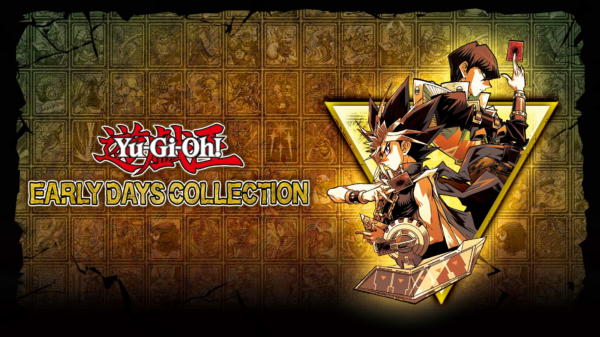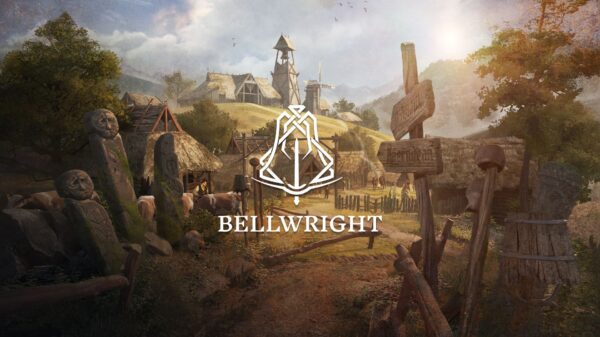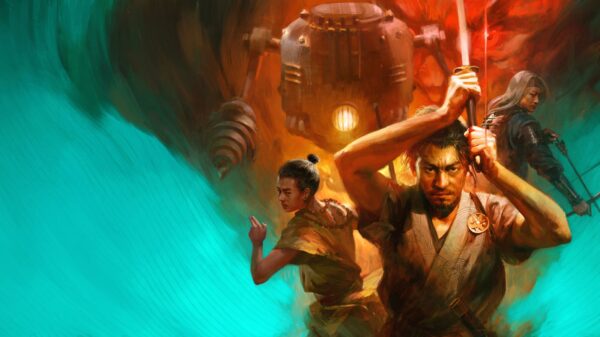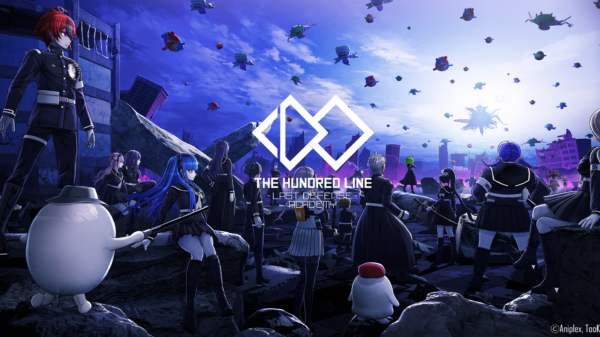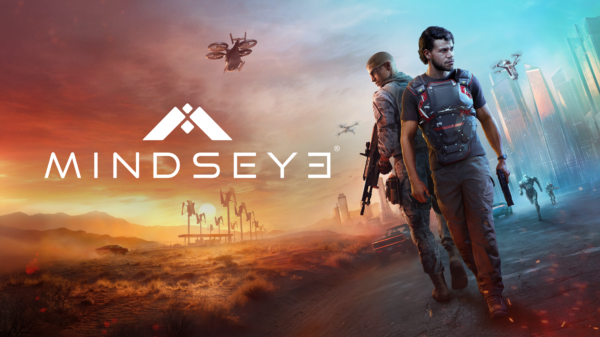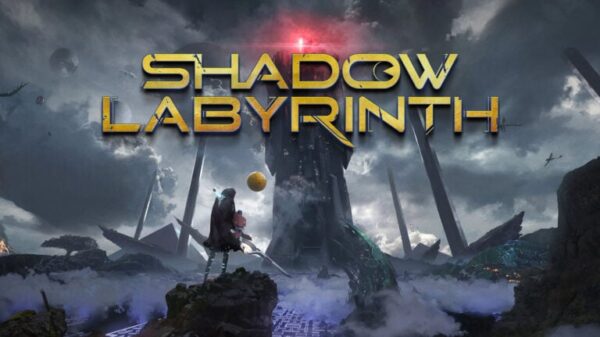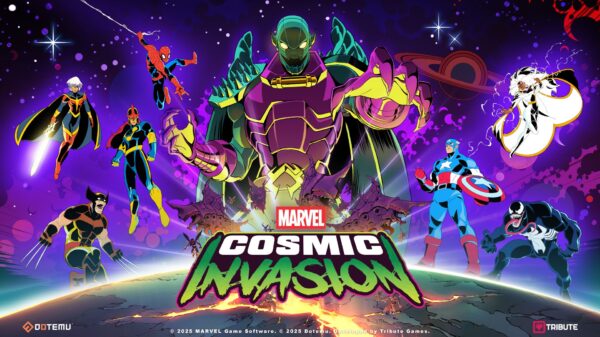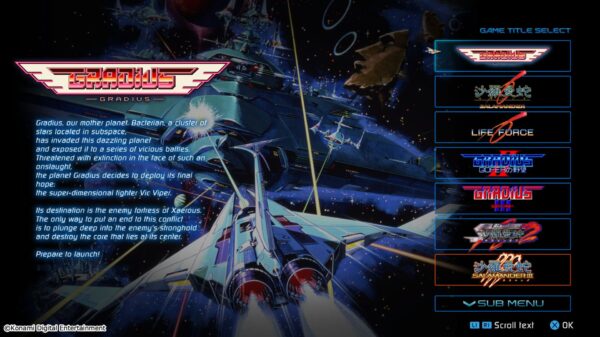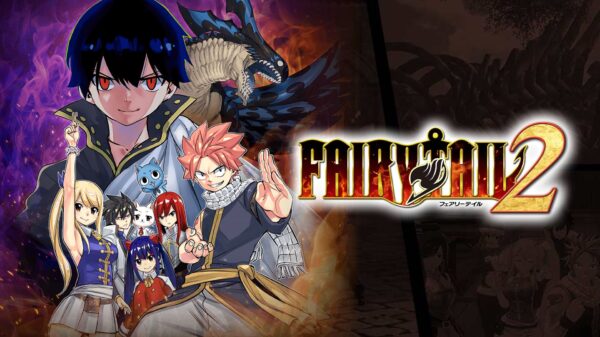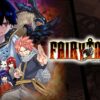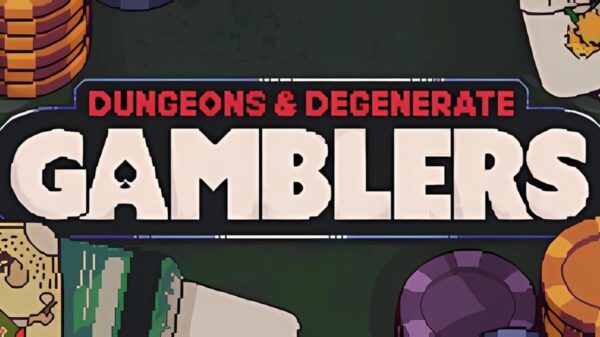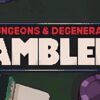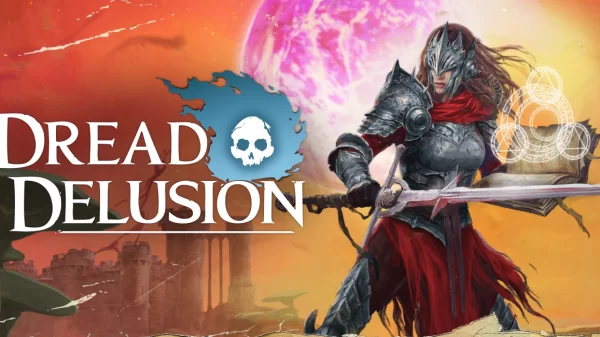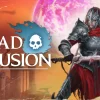Larian Studios blew away all my expectations with the release of the first Divinity: Original Sin game and now they’ve returned with a game that expands on everything I loved from before.
Divinity: Original Sin 2
Developer: Larian Studios
Price: $45
Platform: PC
MonsterVine was supplied with a PC code for review
The first Original Sin tasked you as “Source Hunters” on the lookout for dangerous individuals who used a special kind of magic called Source. Instead of following up on the ending of that game, Original Sin 2 flings you hundreds of years in the future where you now play as one of these Source mages being persecuted and seeking to ascend into godhood. Considering the first game wrapped itself up pretty well this drastic time skip isn’t too big a deal. Similarly to the first game, the plot takes a few hours to get going and you’re not really sure what your overarching goal will be until you’re quite a few hours into the game. Despite the slow start, the main attraction is exploring this world and seeing how it reacts to your tomfoolery. There aren’t very many games that are funny, let alone an RPG that’s dozens of hours long, so it’s a treat to discover some new humorous encounter and seeing what may result from it. You’ll receive quests from chickens, meet dimwitted ghosts, and even meet a mad scientist who’s perhaps a bit too keen on trading for that severed leg you’ve been keeping in your inventory for hours because you’re a weirdo. Each quest allows you to complete it in a variety of ways and actions towards an NPC could benefit or hinder you later in usually humorous ways. That doesn’t mean the game can’t get serious; a good chunk of this story is dealing with being hated and hunted simply because you’re different from everyone else. It’s a balancing act that’s performed effortlessly by fantastic writing and voicework.
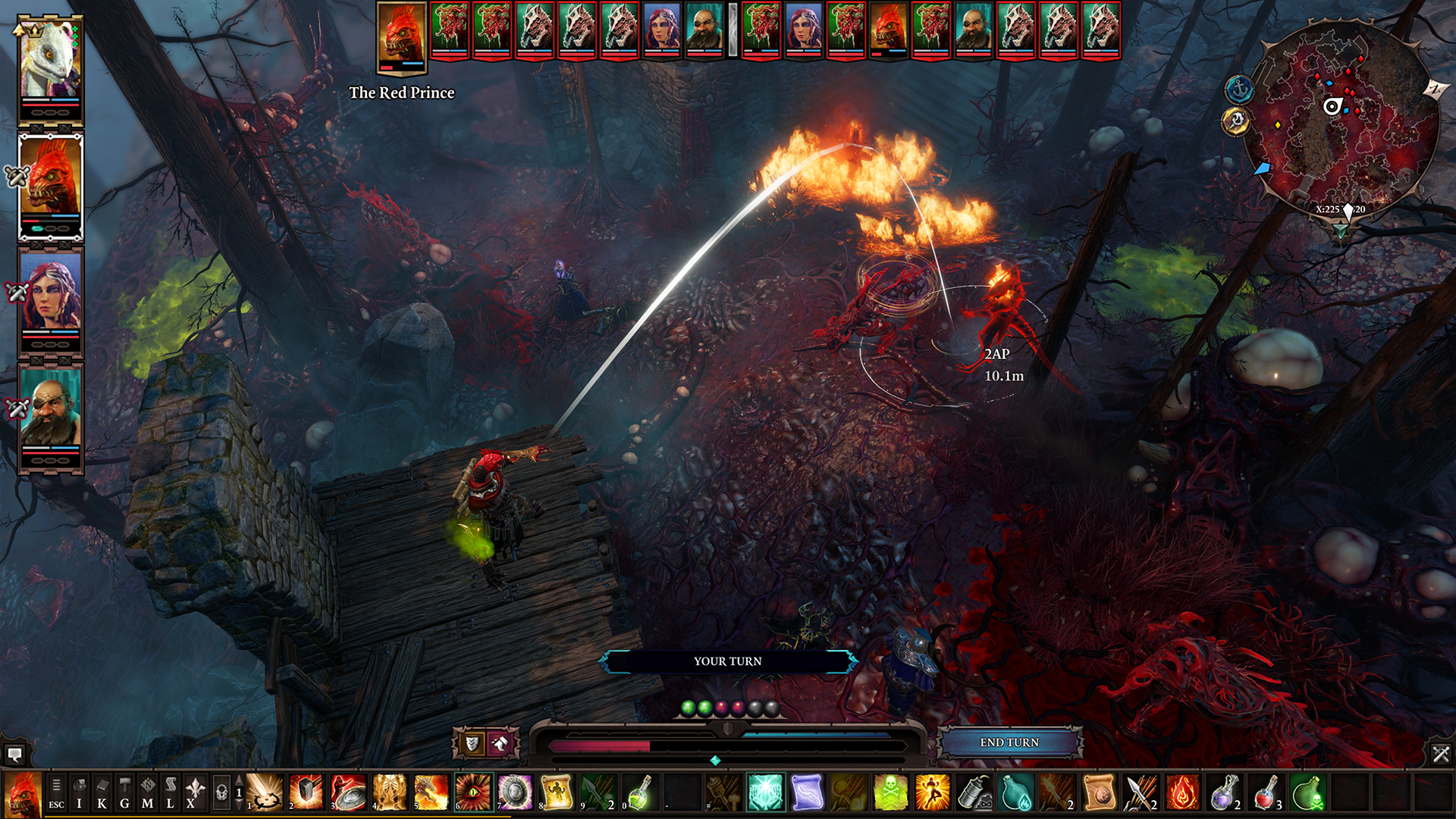
The Original Sin games are built on rules and Larian invites you to understand and bend them as far as possible. One notable example from the first game is how the rules state that lava kills anything that touches it. Keeping a rare lava scroll with you would then allow you to drop that sucker underneath the final boss and kill it instantly. In one particular fight where you face off against the particularly tough final boss of the first act, there’s a point where an equally tough giant worm shows up. It was already a difficult fight against this shmuck and his half dozen goons, but this sudden worm was an unwelcomed surprise. Upon dying and restarting the fight I realized that if I lined up my party just right I could chain together teleports to pull the main boss’ goons from the arena and toss them on a far off floating platform they couldn’t escape from. I then let the boss and worm duke it out themselves as I sat back laughing while they killed each other.
Another fight had two incredibly tough enemies in a small lab underneath a ship I just commandeered. I could have tried to figure out a way to fight them tactically and win the fight with honor, but that’s for suckers. Instead I split my party up and sent each member one by one, down into the lab where they figured a quick projectile before I sent them back up the ladder to the captain’s cabin. Since the enemies couldn’t transition through areas, they just sort of stood around dumbly while my team popped down to say “hello” real quick before running back up. This “strategy” took me maybe 15-20 minutes to pull off and that lab smelled so heavily of cheese when I was done. Finding ways to manipulate difficult encounters is part of the fun and there’s a genuine satisfaction when you pull one over on the game.
If you didn’t already know, Divinity: Original Sin 2 is a turn based RPG; there are a bunch of stats to dump points into and you can basically craft each of your four characters into whatever sort of class you want them to be. There is no “right” way to play this game; if you want four mages who have a penchant for tossing fireballs go right ahead. Each of the races feel distinctly unique enough to encourage you to roll with one of each as well. Playing as a lizard might let you get through a conversation more easily with another lizard or perhaps you might want to take the undead for a spin where you can choose to peel the faces off fallen enemies to wear so that you can disguise yourself.
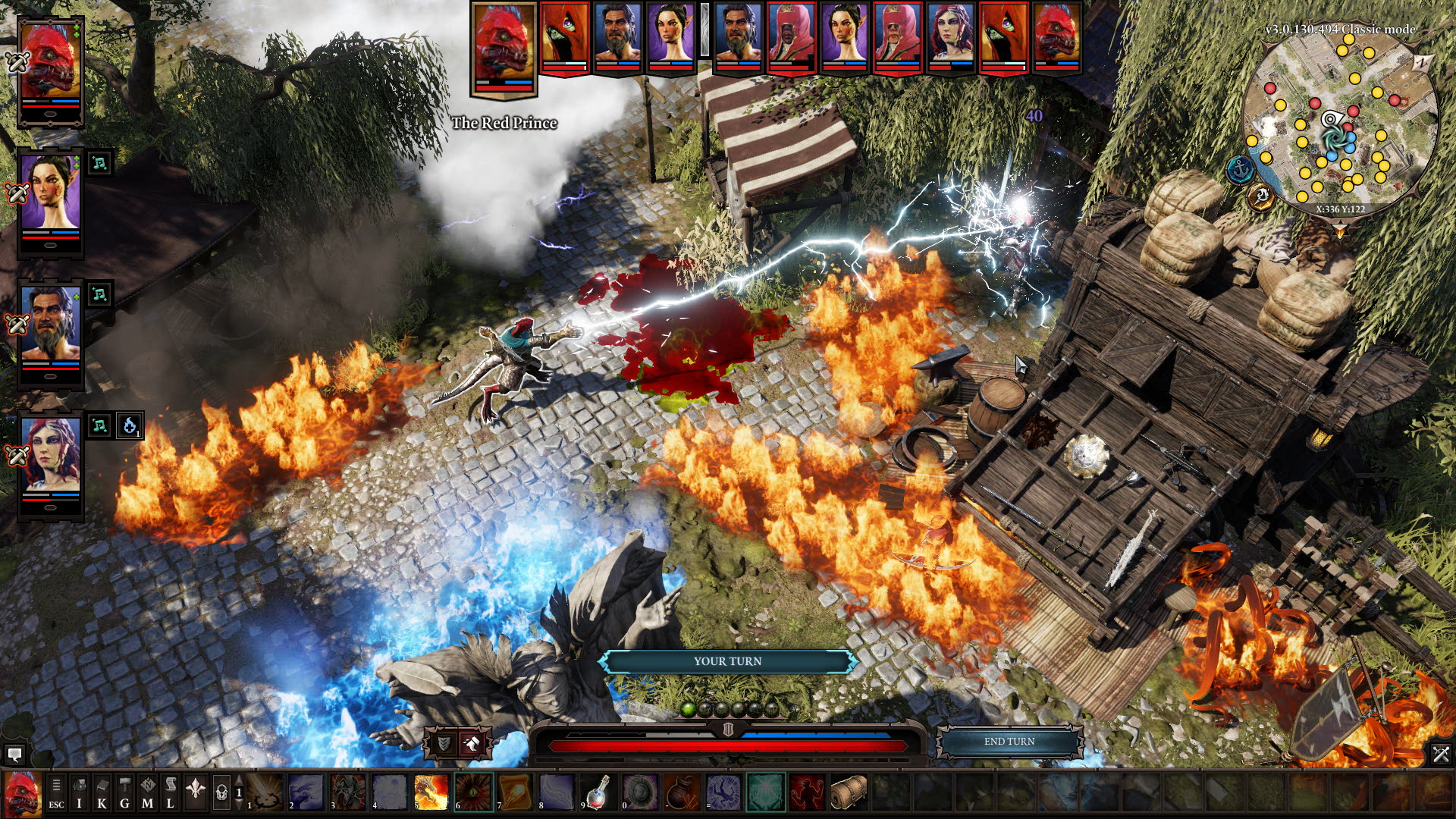
New to this game is the inclusion of six “origin” characters; uniquely designed characters you can recruit or play as that provide their own personal storyline to work through. Origin characters will also ask to speak with NPC’s alone to progress their storylines which can lead to helpfully, or sometimes disastrous, results. It’s an odd feeling having to put trust in a computer controlled party member, but it adds to the excitement of seeing what might happen next in this world. Besides all that, you can still recruit random mercenaries like in the previous games, but these origin characters are definitely keeping around. On top of that, you can play the game with up to four people which will likely lead to ruined friendships. Players can actively work against each other in quests if they feel like being particularly mean spirited. There’s also a PvP arena mode available to you if you just want to straight up fight other players.
Larian has taken every element of the previous game and refined it. Being a turn based RPG, your characters have a certain amount of Action Points each turn that is used by moving or casting skills. Previously you could increase the amount of AP you had to a ludicrous degree, but now each character simply has six points available to them. On top of that everyone now has armor and magic points that you have to get through before you can damage their health points. This adds an interesting element where you start to strategize which enemy to attack with which party member to make sure you can start dealing vital damage to their health as soon as possible. Perhaps there’s a knight who has a particularly low amount of magic armor; you can choose to focus on him with your mage while your other characters fight elsewhere. Playing with elements is once again a core feature of the game. The game openly encourages you to figure out creative ways to use blood on the ground or fire against your enemies who will actively seek ways to use them against you as well. Make no qualms about it, this game is tough but it’s the kind of challenge that rewards you for methodically thinking of a strategy to best a difficult encounter. Or you can be like me and cheese it all by stacking electricity spewing plants on top of each other and putting a boss in a constant stunlock.
The game is also full of a lot of quality of life improvements such as fixing the atrocious crafting system from the first game. Now you can easily craft whatever materials you want and there’s a clean menu that shows all the recipes you’ve learned; you can even craft items while browsing the menu which is a godsend. Some may cry foul for Larian including this, but there’s also an item in the game that allows you to redistribute your character’s stats whenever you want and as many times as you want. This is a great way to get players who are perhaps intimidated by the amount of options available to easily try things out to see what works for them. If I had to complain about something, it’d be that the inventory is still a bit clunky to manage and some quests have vague entries in the journal that make it hard to know what you need to do next, but these are honestly minor nitpicks in a phenomenal game.
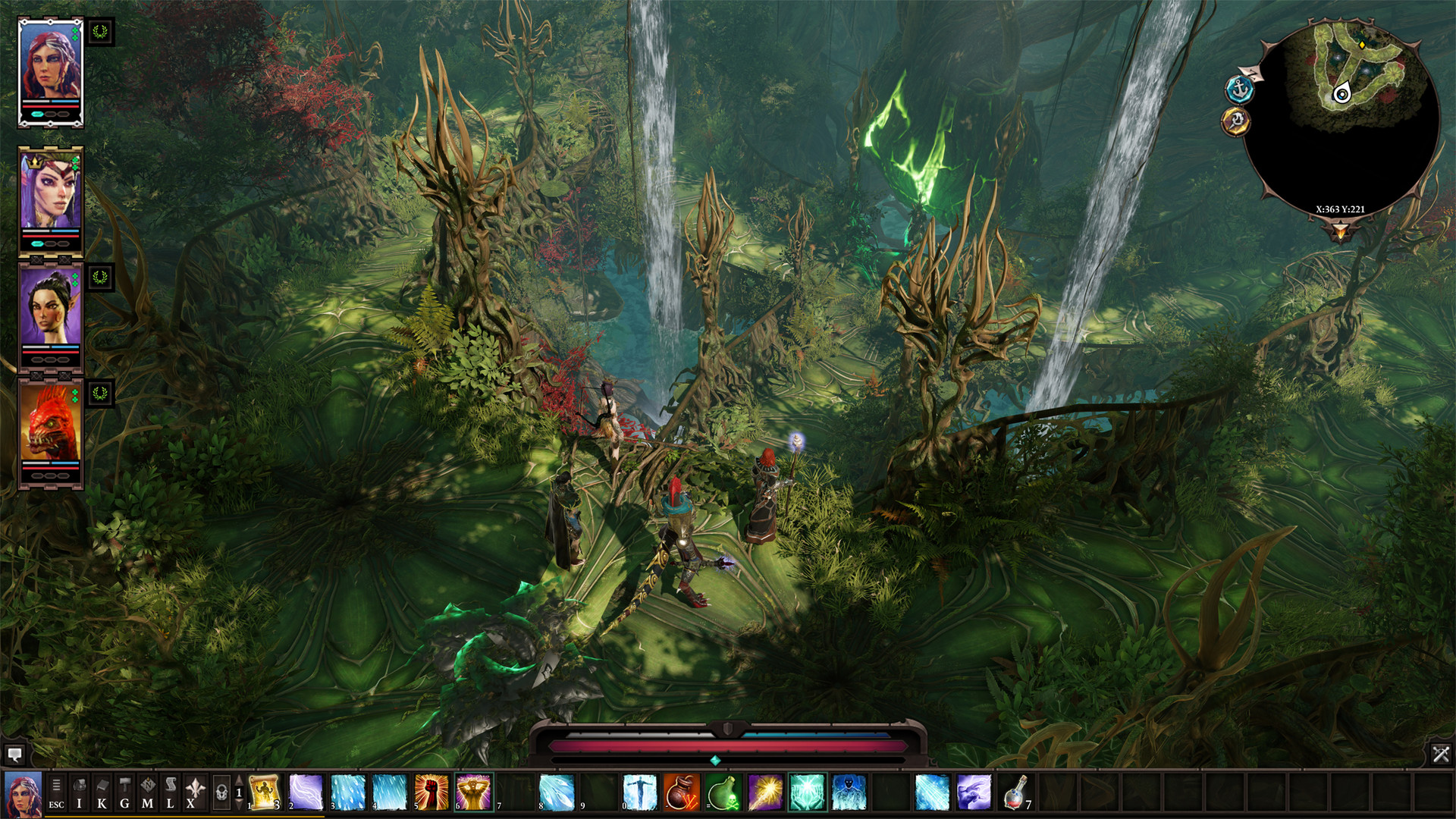
Original Sin 2 wears its love for tabletop games proudly on its sleeve and this isn’t more evident than in its Game Master mode. I personally love playing D&D games with my friends but getting everyone together, let alone at a consistent schedule, has always been an issue and I know this is the case for many other people out there. With this mode Larian is hoping to take the tabletop experience and put it in a digital space. In here, a game master (or GM for short) has the power to create entire campaigns for their friends to play through and the options to play with are pretty staggering. There are dozens of environmental tiles to choose from and in there you can drop down NPC’s, monsters, items, and basically whatever your heart desires. You have easy access to all your options through a hotbar that’s easy to navigate. Want to drop some electrified blood down? Pop open the surface menu. Need some skeletons? Grab them from the monsters page. On top of that you can instantly edit anything in the campaign while your friends are playing through it. If a boss you placed is perhaps a bit more difficult than you intended you can easily hop into its stats during the fight and edit them on the fly. You can even leave little notes for other players who download your campaign which is just such an awesome little feature. Original Sin 2 was already a phenomenal game on its own, but with the Game Master mode it turned into a must have for tabletop enthusiasts.
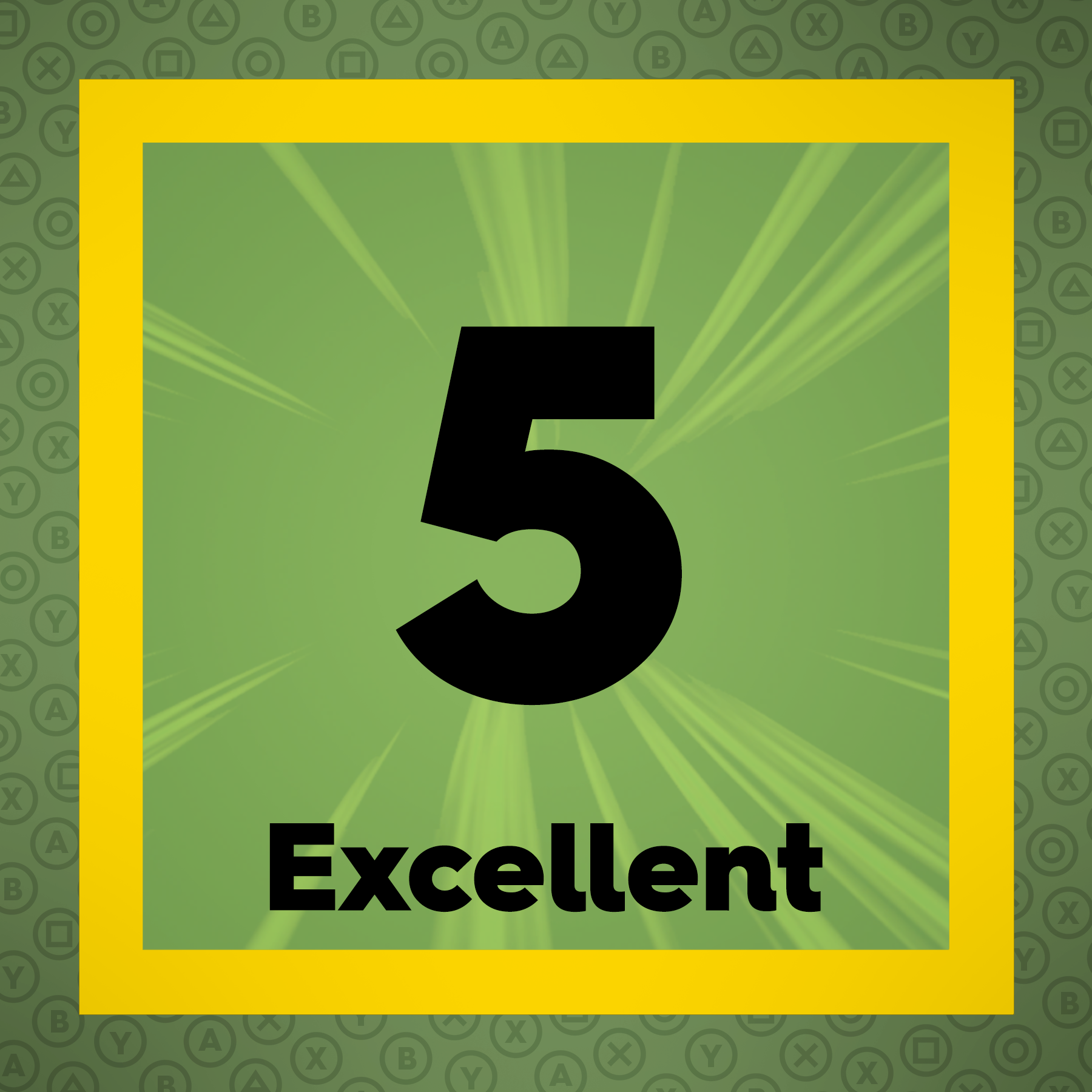 The Final Word
The Final Word
It’s not very often a game as special as this comes out and the more I play Divinity: Original Sin 2 the more certain I am that it’s one of the best RPG’s of all time.
– MonsterVine Review Score: 5 out of 5 – Excellent

